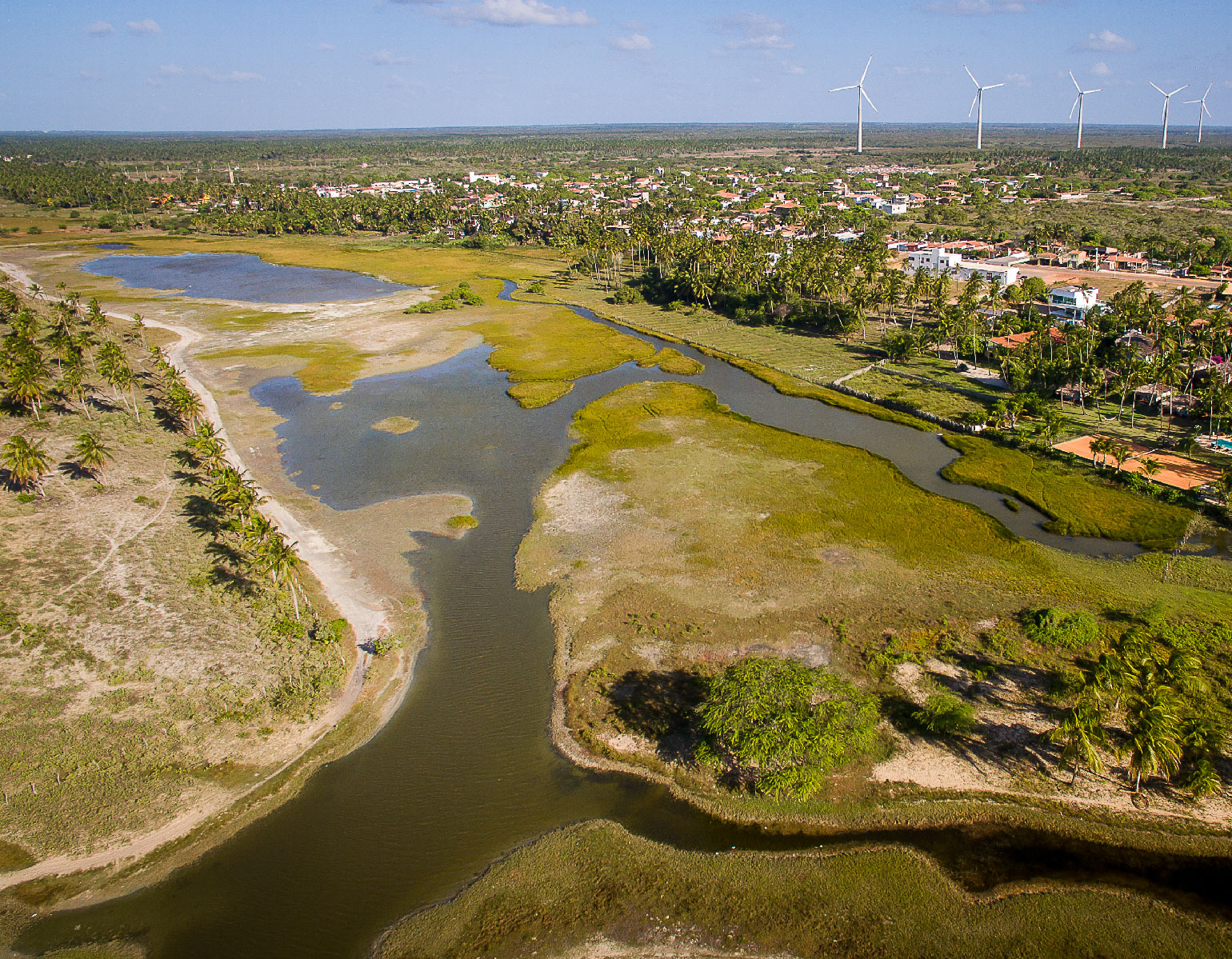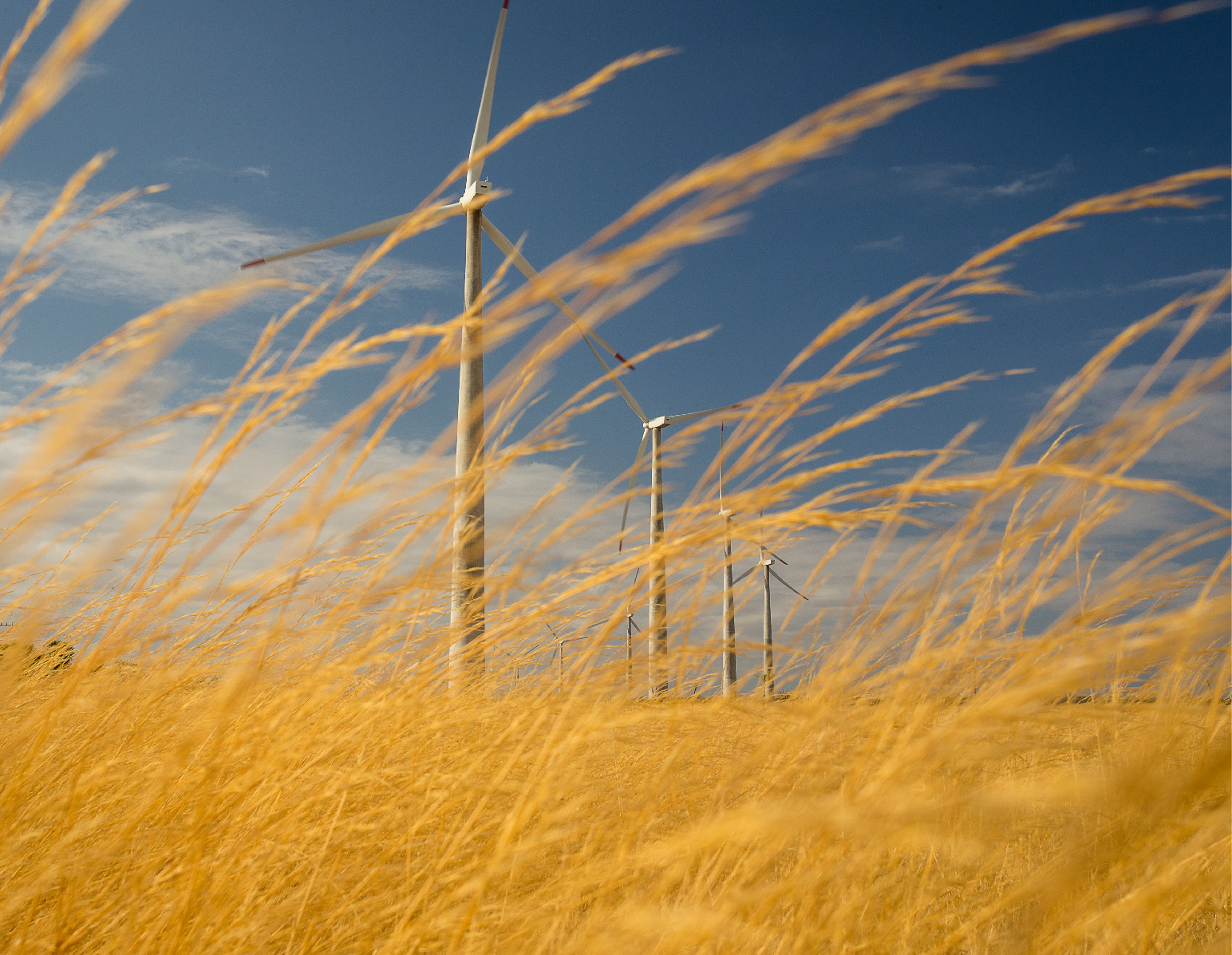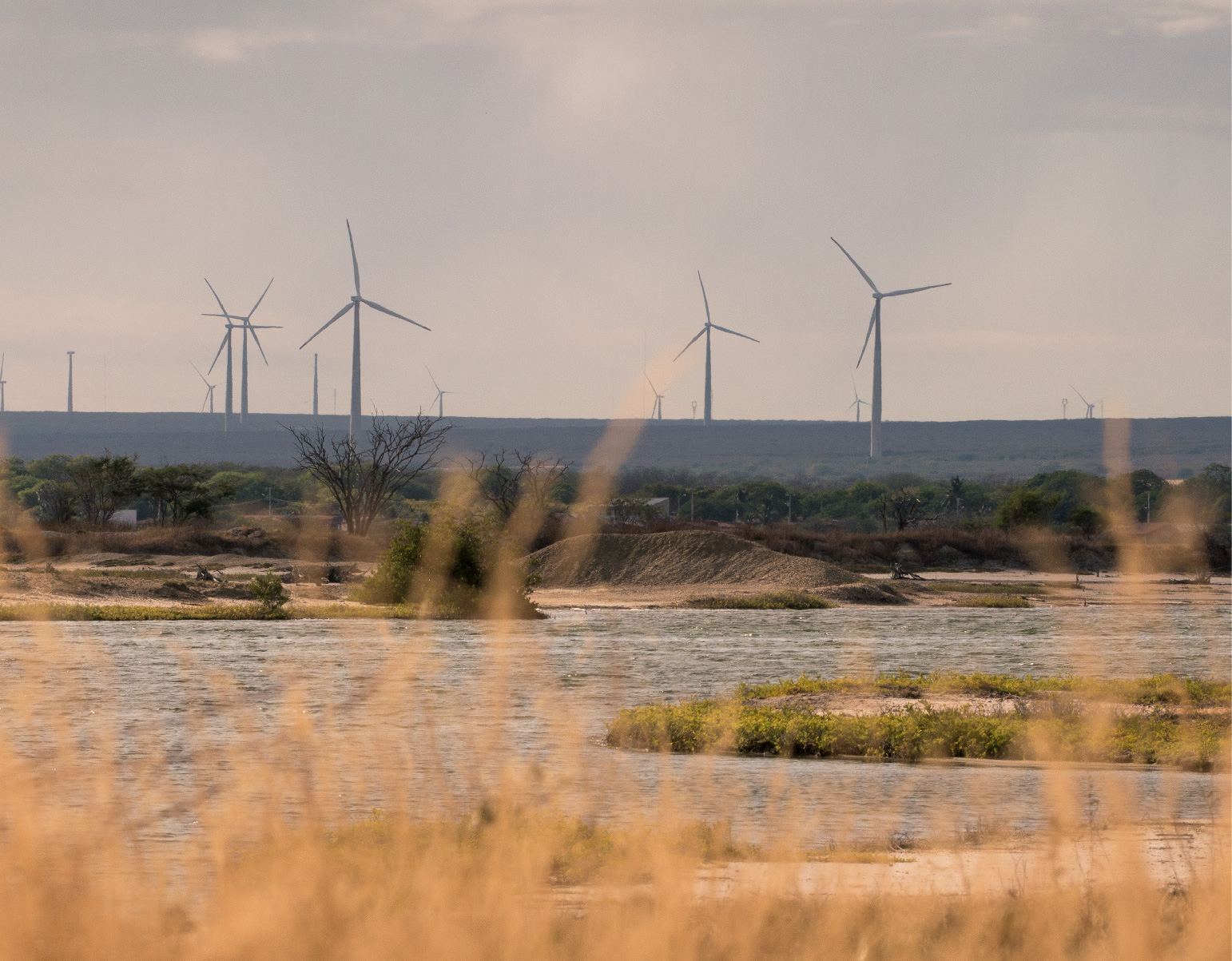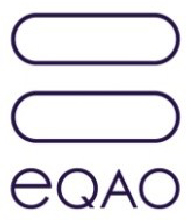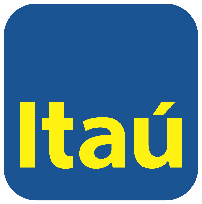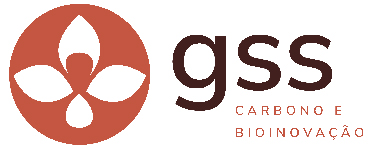Renewable Energy Certificates
Voltalia core business is the generation of electricity from renewable sources. In Brazil, we currently have 5
wind farms eligible for the issuance of renewable energy certificates (I-REC and REC Brazil).
Want to know more?
It is through the National Interconnected System (SIN) that the plants drain their energy so that it reaches the households of final consumers throughout Brazil. Several energy producers inject through the grid, which means that energy from various sources (fossil and renewable).It thus makes it impossible to identify which power source reaches the final consumer.
That's where the RECs come into play: which REC represents 1 megawatt/hour of renewable energy generated. From the acquisition of these certificates by the end customer, in the same proportion of the energy consumed in a given period, it is possible to have traceability of the source of this energy, thus proving that it comes from a clean source and allowing the end customer to compensate for its indirect GHG emissions (Scope 2) of that period.
To obtain the authorization of issuance and transaction for the certified renewable energy, the wind farm must submit a document audit process that, in Brazil, is carried out by the Instituto Totum and needs to achieve 4 requirements
- Generation of energy from a renewable source.
- Technical and legal qualification for power generation.
- Connection to the grid of the National Interconnected System (SIN).
- Lack of double count beneficiaries.
If the project also meets additional sustainability criteria, such as having its practices aligned with at least 5 of the 17 Sustainable Development Goals (SDGs) of the United Nations (UN), it is possible to obtain an additional label, the REC Brazil.
The demand for RECs is growing more and more in the market. The company that acquires the certificates, in addition to compensating its GHG emissions, highlights its socio-environmental commitment and gives credibility to the indicators reported in international programs, such as the CDP (Carbon Disclosure Program) and the GHG Protocol (Greenhouse Gas Protocol). For the issuer of certificates, the transaction represents an important source of revenue and adds important value to the business.
Brazil has been standing out over the years in the issuance of renewable energy certificates and, in 2021, Voltalia's ventures were responsible for the largest volume of REC Brazil issued during the year.


